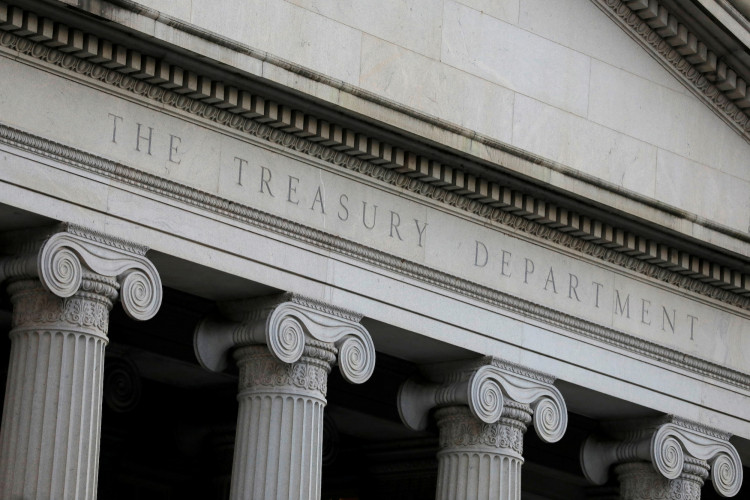Depositors at both Silicon Valley Bank and Signature Bank in New York can breathe a sigh of relief as officials have approved measures over the weekend, granting them full access to their deposits amidst systemic contagion fears that led to the closure of both banks.
The Treasury Department recognized both SVB and Signature as systemic risks, granting it the right to liquidate both institutions in a manner that "fully protects all depositors," as stated by the Treasury Department.
The FDIC's deposit insurance fund will be utilized to reimburse depositors, the majority of whom were uninsured due to the $250,000 cap on insured deposits.
Alongside this action, the Federal Reserve announced it will establish a new Bank Term Funding Program (BTFB) to protect banks impacted by the market turbulence caused by the SVB collapse.
Monday will mark the beginning of full access for depositors.
In a joint statement, the several regulators involved stated that none of the new proposals will involve bailouts or government money. Shareholders and certain unsecured creditors will lose their whole investments since they will not be protected.
The Treasury Department will provide up to $25 billion from its Exchange Stabilization Fund as a contingency plan for any potential financing program losses. A top Fed official stated that the Treasury program will likely not be required and will just exist as a precaution.
The Fed facility will offer banks, savings groups, credit unions, and other institutions loans for up to one year. Individuals who utilize the facility will be required to provide high-quality collateral, including Treasurys, agency debt, and mortgage-backed securities.
Futures associated with the Dow Jones Industrial Average jumped more than 300 points in early trading in response to the news. Bitcoin's value increased by more than 7 percent as cryptocurrency prices rose sharply.
The SVB fall was the nation's greatest financial institution failure since 2008, when Washington Mutual failed.
In September 2008, amid a wave of panic in the financial sector, regulators seized Washington Mutual and sold its assets to JPMorgan Chase for $1.9 billion. The collapse was notable not only for the size of the bank and the extent of its losses, but also for the fact that it was the largest bank failure in U.S. history up to that point.
The fallout from the Washington Mutual collapse was far-reaching, as it added to the overall instability of the financial system and sparked concerns about the safety of other major banks. It also contributed to the ongoing debate about the need for stronger regulation of the banking industry to prevent future crises.






